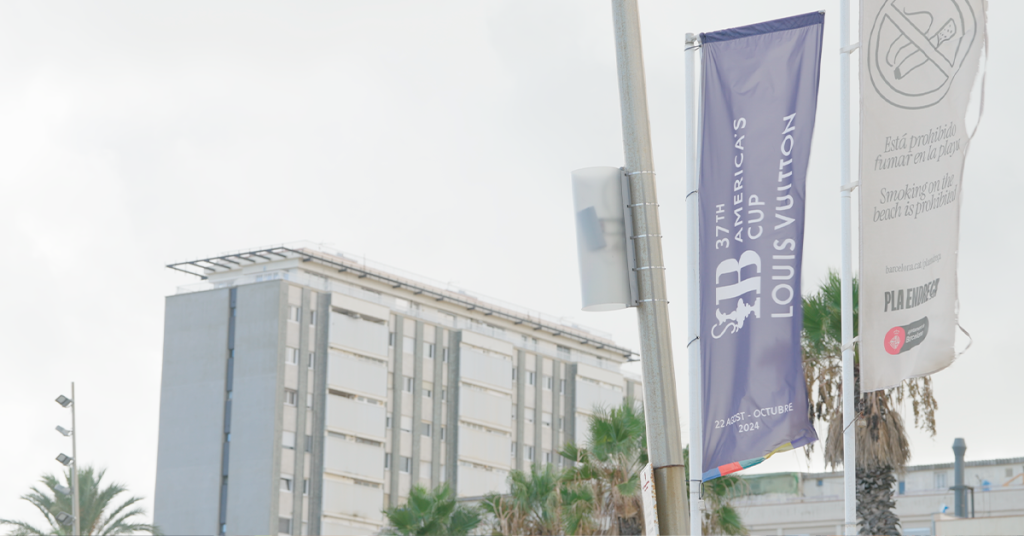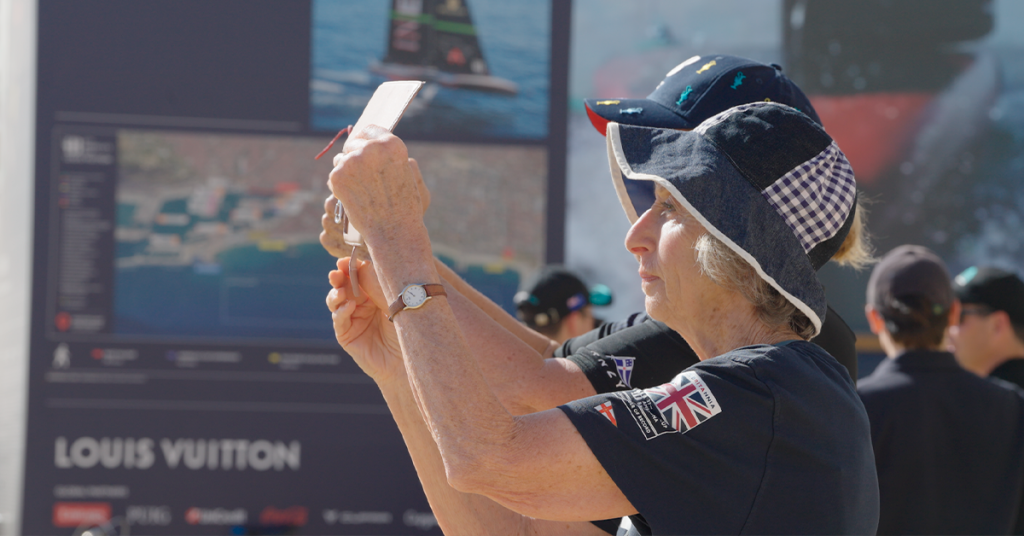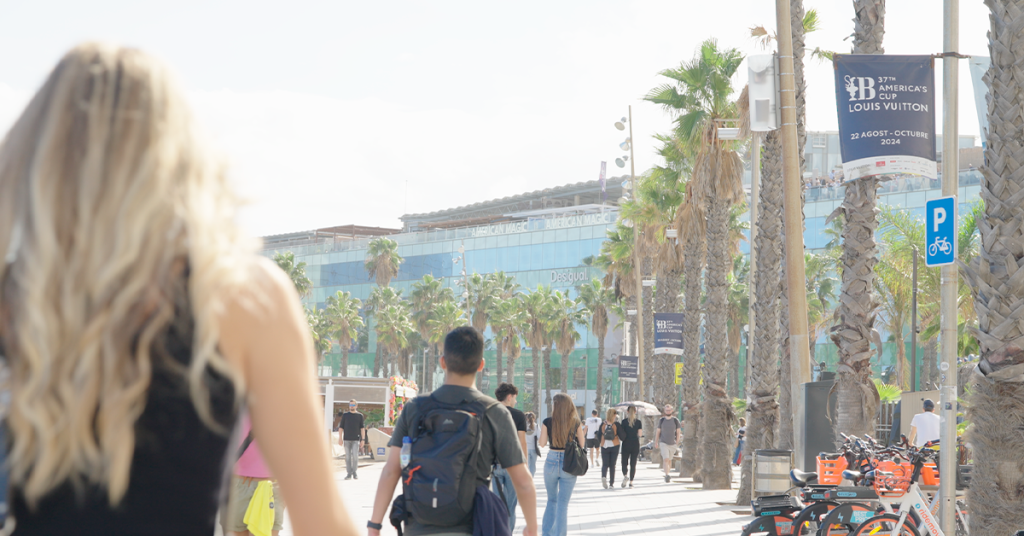Trends
Trends
FEB
04
2025
DAS & Small Cells
Connectivity as a legacy: Barcelona and Cellnex transform the seafront
Major global-scale events are a unique opportunity to transform cities, and Barcelona is a paradigmatic example. The urban, economic and social development of Barcelona is inevitably linked to the major events it has hosted in recent decades. From the 1992 Olympic Games to the Mobile World Congress and the recent America’s Cup, these events have acted as catalysts for profound transformations.
We are talking about the physical infrastructure of the city –with emblematic projects such as opening up the seafront, building the ring roads or enlarging the airport– but we are also referring to a series of movements that have defined a development model combining modernity, sustainability and international projection. The impact of these events lives on after the specific moment when they were held and can be used to leave a legacy that improves the quality of life of its inhabitants.
The recently held America’s Cup, which attracted 2.56 million visitors over 59 days of regattas, is a clear example of this transformation.

Jordi Valls, Barcelona city council’s economic manager, recently stated: “Thanks to the America’s Cup, Barcelona has managed to reconnect the city with the sea, to renovate the urban coastline and boost the blue economy, while demonstrating that it is a city capable of organising major world events.”
But this legacy is not only urban or economic; it is also digital. This is because holding the world’s leading sailing event allowed the city’s seafront to witness a connectivity revolution thanks to collaboration between the City Council and Cellnex, the neutral infrastructure operator that again proved how technology can be harmoniously integrated into the urban landscape. The installation of a multi-operator infrastructure comprising strategically distributed antennas not only ensured high-quality 4G and 5G coverage during the mass event but also marked a milestone for the sustainability of this type of project, and is an infrastructure that will remain on the city’s coastline after the sporting event has ended.
“In its essence, connectivity goes far beyond technology. With a solid and reliable connection, distances disappear, and experiences can be enjoyed from anywhere,” says Gonzalo Garcia, Head of Engineering Strategy at Cellnex. And that is precisely what happened during the America’s Cup: from live broadcasts to thousands of selfies or videos uploaded in real time, visitors experienced a level of connectivity that improved their experience, even at times of peak demand.
The project, which was managed from a centralised technical room, allowed Cellnex to distribute mobile operators’ signals through fibre optics and small antennas strategically located along the coast. This solution ensured a robust network whilst minimising the visual impact, a key detail for the City Council. “These solutions must be respectful of the urban landscape and ensure availability throughout the territory,” says Paco Rodríguez, analysis and strategy advisor at the Municipal IT Institute at Barcelona City Council.

The success of this type of project lies partly in the joint investment model. Cellnex managed the licenses and built the shared infrastructure, however all operators can take advantage of these networks to offer quality services. As Rodríguez points out, this rationalisation of resources is “an inexorable trend for reasons of economic sustainability.”
Furthermore, this approach contributes to service-based competition that directly benefits users. Network densification, using urban elements such as bus stops or kiosks to install small antennas, is a clear example of how cities can adapt to the future without losing sight of their history or compromising on aesthetics.
Above and beyond the event itself, the America’s Cup has left a tangible legacy in Barcelona in terms of connectivity and modernisation. “We work on solutions to prepare our cities for the future and keep them connected,” says Gonzalo García from Cellnex. As well as providing connection for the millions of people who enjoyed the event, this project has laid the foundations for a more accessible, digital and inclusive Barcelona.
With projects like this, Barcelona is not only reaffirming its place on the major global events map but is also positioning itself as a benchmark for connectivity and sustainability.


















